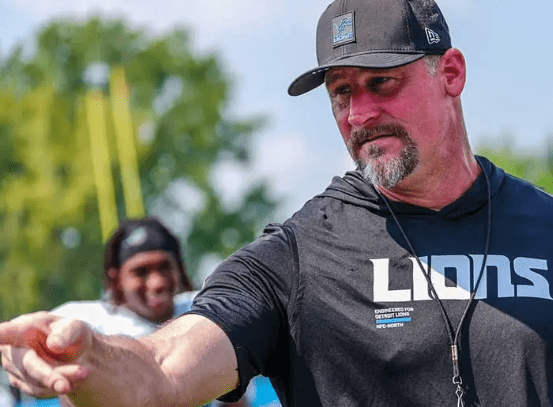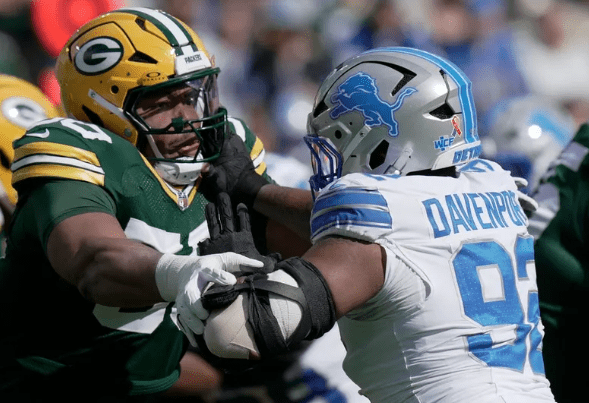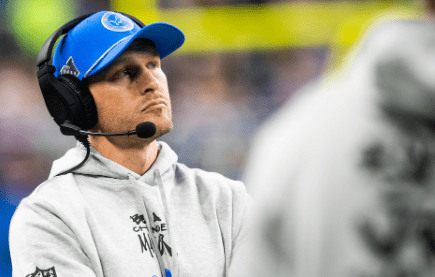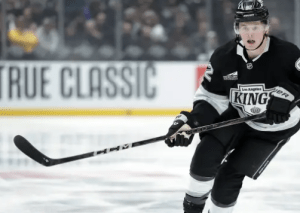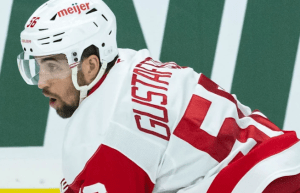Detroit Red Wings study is utterly pointless—sometimes the truth is already sitting in plain sight. The recent evaluation that branded Detroit one of the NHL’s least aggressive teams doesn’t exactly break new ground. Any fan who watched the Wings collapse defensively and stumble on special teams last season already knew this.
But Detroit hockey isn’t about pointing fingers—it’s about finding solutions. Instead of dwelling on why the Detroit Red Wings study is utterly pointless, let’s focus on five powerful fixes that actually change games, shape the rebuild, and reconnect this team to its gritty Motor City identity.
Detroit Red Wings Study Is Utterly Pointless Because It States the Obvious
The Detroit Red Wings study is utterly pointless because it essentially repeated what box scores already screamed. Detroit owned one of the worst penalty kills in recent memory, allowing goals on nearly 30% of opposing power plays. Labeling the Wings as “non-aggressive” added no value—it was just another way of saying the system broke down.
Instead of repeating failures, the franchise has already been moving forward with changes aimed at actual results.
Detroit Red Wings Study Is Utterly Pointless, But Here’s What’s Real
Detroit has already acted on the flaws highlighted in that study:
Travis Hamonic was added for defensive leadership.
Jacob Bernard-Docker and Ian Mitchell provide depth and defensive structure.
James van Riemsdyk and Mason Appleton bring discipline and reliable defensive forward presence.
Those roster changes reflect purpose—not pointless observations.
5 Power Fixes That Matter More Than Any Study
1. Reinventing the Penalty Kill
The Detroit Red Wings study is utterly pointless when you realize the team already knew the PK was a disaster. The real solution lies in restructuring the penalty-kill strategy with tighter rotations, smarter clears, and disciplined line changes.
2. Building Defensive Chemistry
Hamonic’s presence and Bernard-Docker’s low-cost reliability aren’t splashy—but Detroit has seen before that chemistry, not just star power, builds winning blue lines.
3. Veteran Mentorship
van Riemsdyk’s addition at 36 gives Detroit an on-ice teacher. That’s not in a study, but it’s in the locker room. His influence can elevate younger forwards into reliable two-way contributors.
4. Culture Reset
Detroit hockey always thrived on structure, backchecking, and defensive pride. A true fix comes from reestablishing expectations, not labeling the team as passive.
5. Long-Term Discipline
Steve Yzerman has never been about quick fixes. His rebuild philosophy is about layering experience with youth. That deliberate balance beats any single-season evaluation.
Detroit Red Wings Study Is Utterly Pointless Compared to Historical Lessons
Looking back, this isn’t the first time the Wings faced systemic issues:
In the mid-80s, poor defensive discipline left them bottom-feeding.
In 2005–06, the Wings looked unstoppable offensively but flamed out because of defensive breakdowns.
In 2017–18, the rebuild highlighted lack of discipline and depth.
Each time, Detroit didn’t publish a study to state the obvious—they fixed it by adding leadership and sharpening systems.
Detroit Red Wings Study Is Utterly Pointless, But Fan Expectations Aren’t
Detroit fans don’t want data dumps. They want grit, discipline, and results. Every season ticket holder at Little Caesars Arena already knew last year’s flaws. What they expect now:
A penalty kill that at least ranks middle of the pack.
Defensive discipline that keeps games close.
Leaders teaching youth how to play smarter hockey.
That’s the story—not the study.






